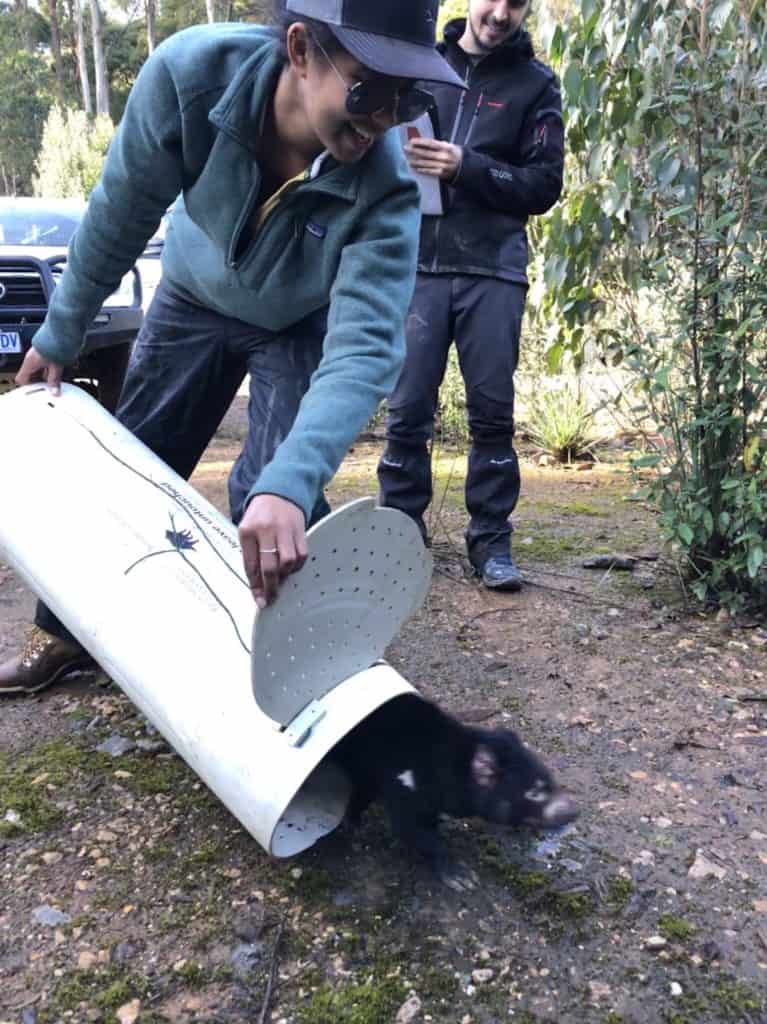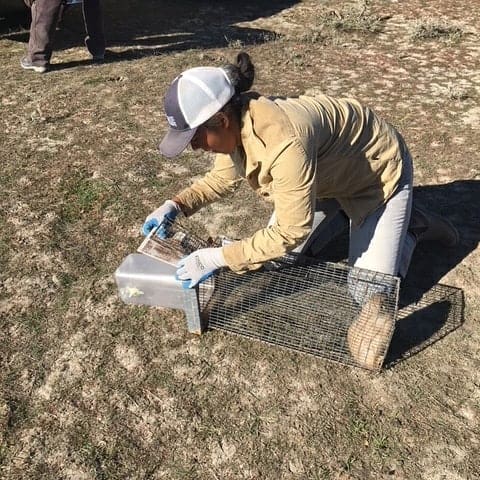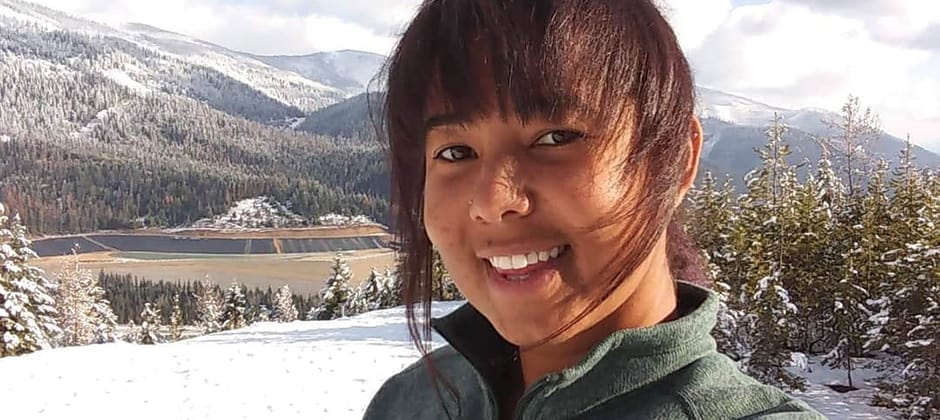Share this article
Wildlife Vocalizations: Rhiannon Kirton
Wildlife Vocalizations is a collection of short personal perspectives from people in the field of wildlife sciences.
I would like to see the wildlife field become more diverse over the next 50 years. I hope by the time that I am retired it is common to see people of many different ethnic backgrounds contributing to this field. Having people with diverse perspectives and backgrounds can only strengthen our ability to address the diverse challenges which we encounter in wildlife ecology and management. I was drawn to this field because I felt that wolves and other predators were maligned and misunderstood by society. Maybe I, as a young Black girl in a rural area, somewhat identified with them. I find that our connections with nature and our views on wildlife management are often a reflection of/interwoven with our views on society in a broader sense. Huge parts of wildlife management involve personal relations and social science. Thus, I think we have much to gain by committing to diversity initiatives and making efforts to foster greater diversity in practitioners coming into our field. Additionally, it would make it a whole lot less isolating for those of us already here.

Rhiannon Kirton releases a Tasmanian devil in northwestern Tasmania, Australia in July 2019. She was working with David Hamilton as part of a disease ecology study into devil facial tumor disease at the University of Tasmania. Credit: David Hamilton

Rhiannon Kirton traps black-tailed prairie dogs at the Charles M Russell National Wildlife Refuge in Montana for a study on the American Prairie Reserve with Randy Matchett, of the U.S. Fish and Wildlife Service, in the summer of 2018. Credit: American Prairie Reserve
Learn more about Wildlife Vocalizations, and read other contributions.
Submit your story for Wildlife Vocalizations or share the submission form with your peers and colleagues to encourage them to share their story.
For questions, please contact Jamila Blake.
Header Image: Rhiannon Kirton hopes to see greater diversity in the wildlife profession. Credit: Rhiannon Kirton








